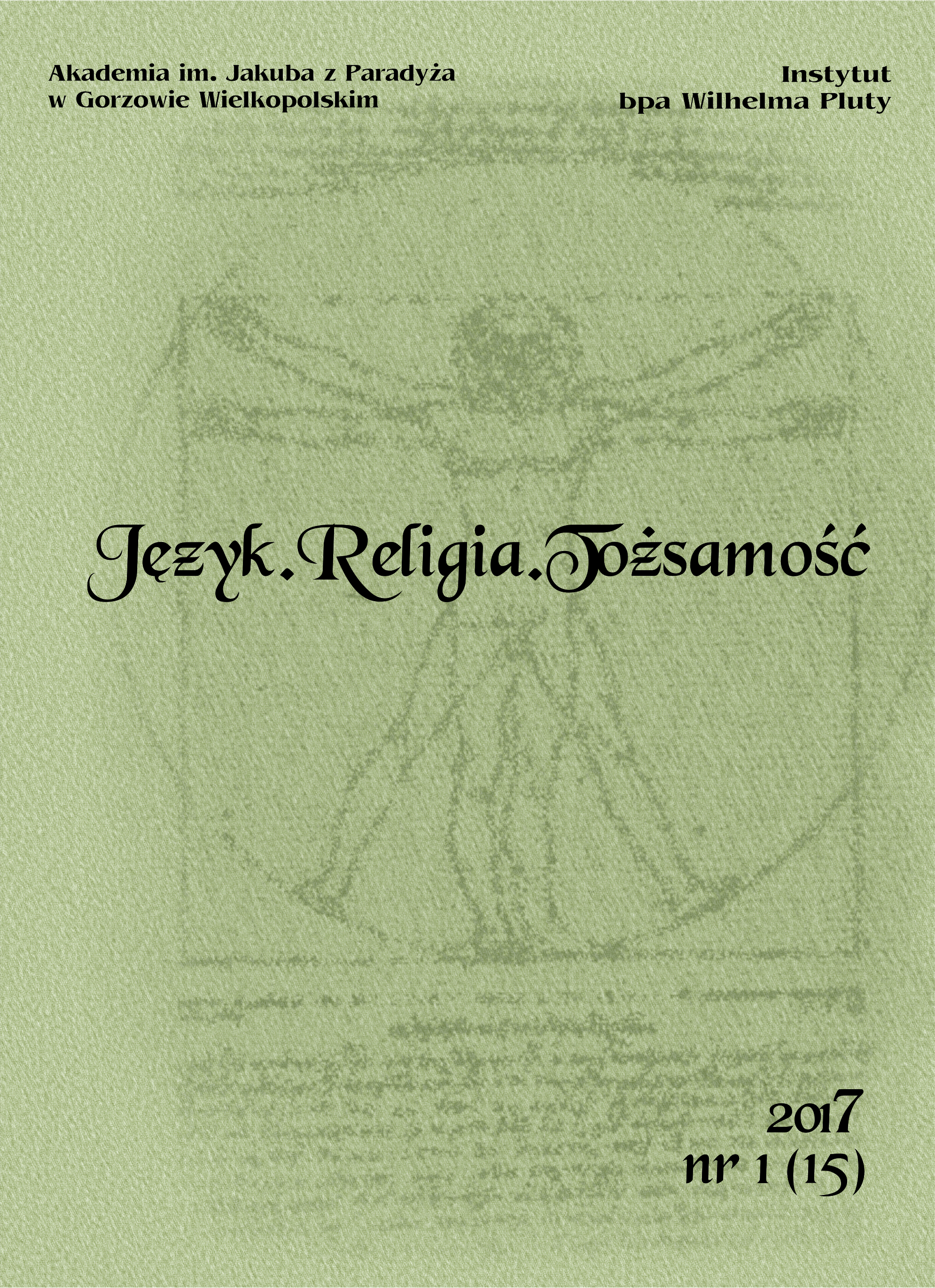Obraz rodziny w polskich serialach familijnych (na przykładzie filmów „M jak miłość”, „Klan” i „Barwy szczęścia”)
The portrayal of the family in Polish family TV series (based on the TV series M jak miłość, Klan and Barwy szczęścia)
Author(s): Elżbieta Skorupska-Raczyńska, Joanna RutkowskaSubject(s): Theoretical Linguistics, Semantics, Philology
Published by: Akademia im. Jakuba z Paradyża
Keywords: linguistic portrayal; semantics; communication
Summary/Abstract: The status of the father in today's world is quite complicated. Still, the overall public perception of fathers is very positive. The way today's society perceives the mother is not very different from her stereotypical image created over the centuries. The image of the fictitious multi-generation family from Grabina featured in the M jak miłość show addresses the expectations of its fans and becomes an unattainable dream model for many. With its indispensable elements such as a front porch overgrown with vine and ivyor the smell of home-made cake and apples, the Mostowiaks' home resembles the traditional Polish household like the one depicted in Adam Mickiewicz's Pan Tadeuszor On the Banks of the Neman by Eliza Orzeszkowa. On a personal level, the TV series allows the viewers to see the Mostowiak family through the lens of their own experiences and expectations, bringing back memories of their own homes or providing a substitute for a family nest they never had. Such transfer is impossible in the case of the otheranalysed shows: Klan and Barwy szczęścia.
Journal: Język. Religia. Tożsamość
- Issue Year: 15/2017
- Issue No: 1
- Page Range: 85-101
- Page Count: 17
- Language: Polish

